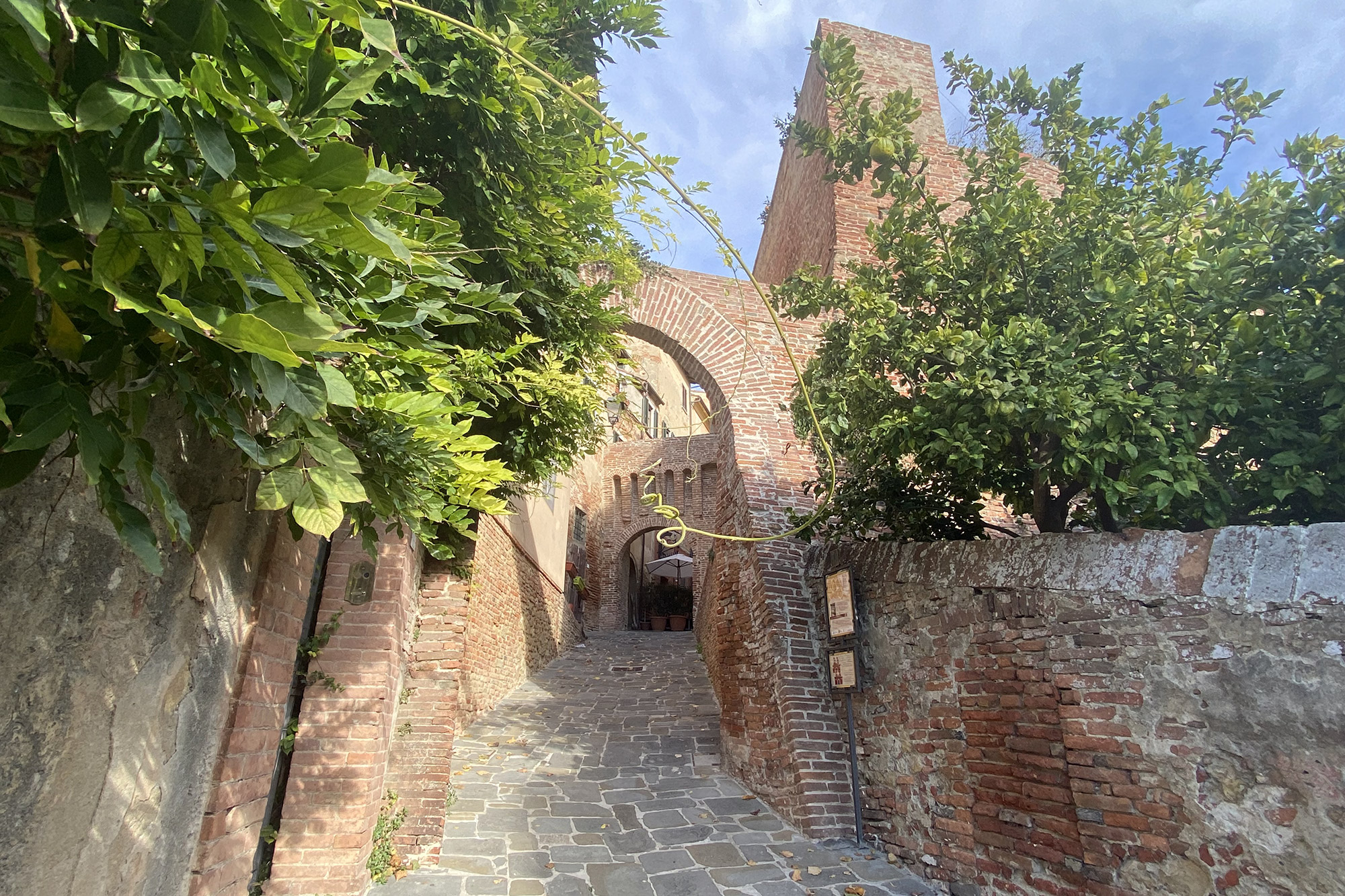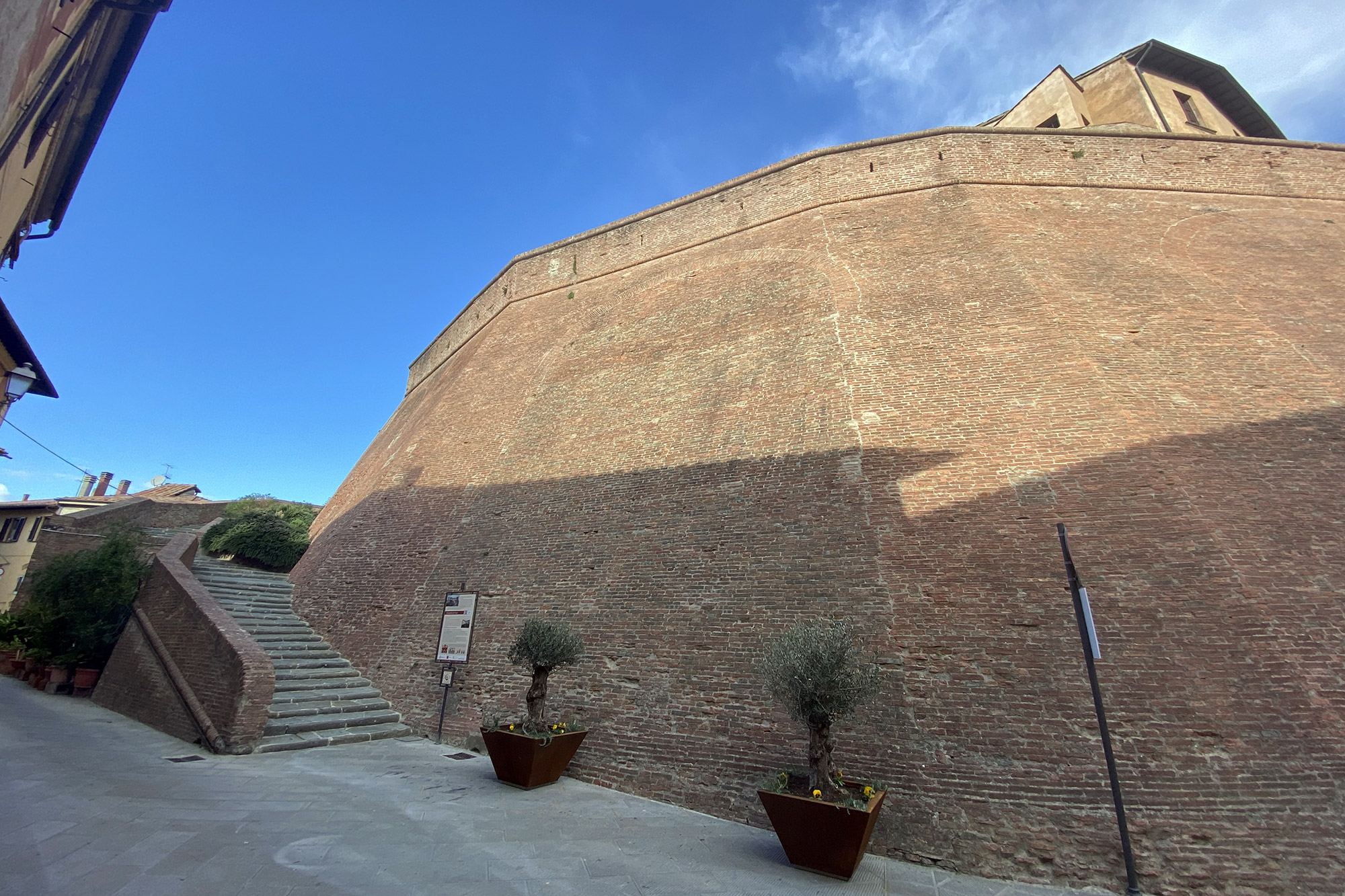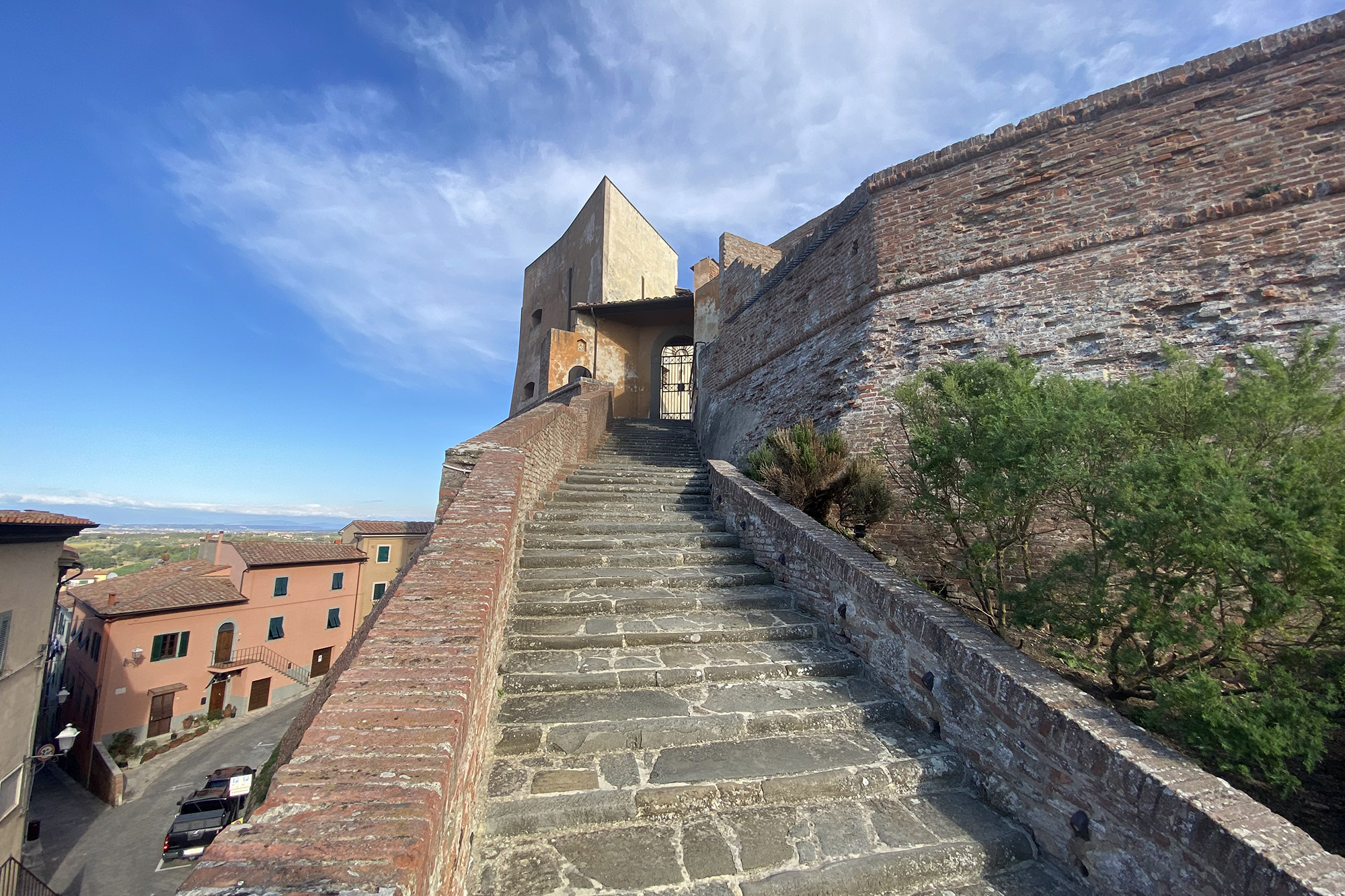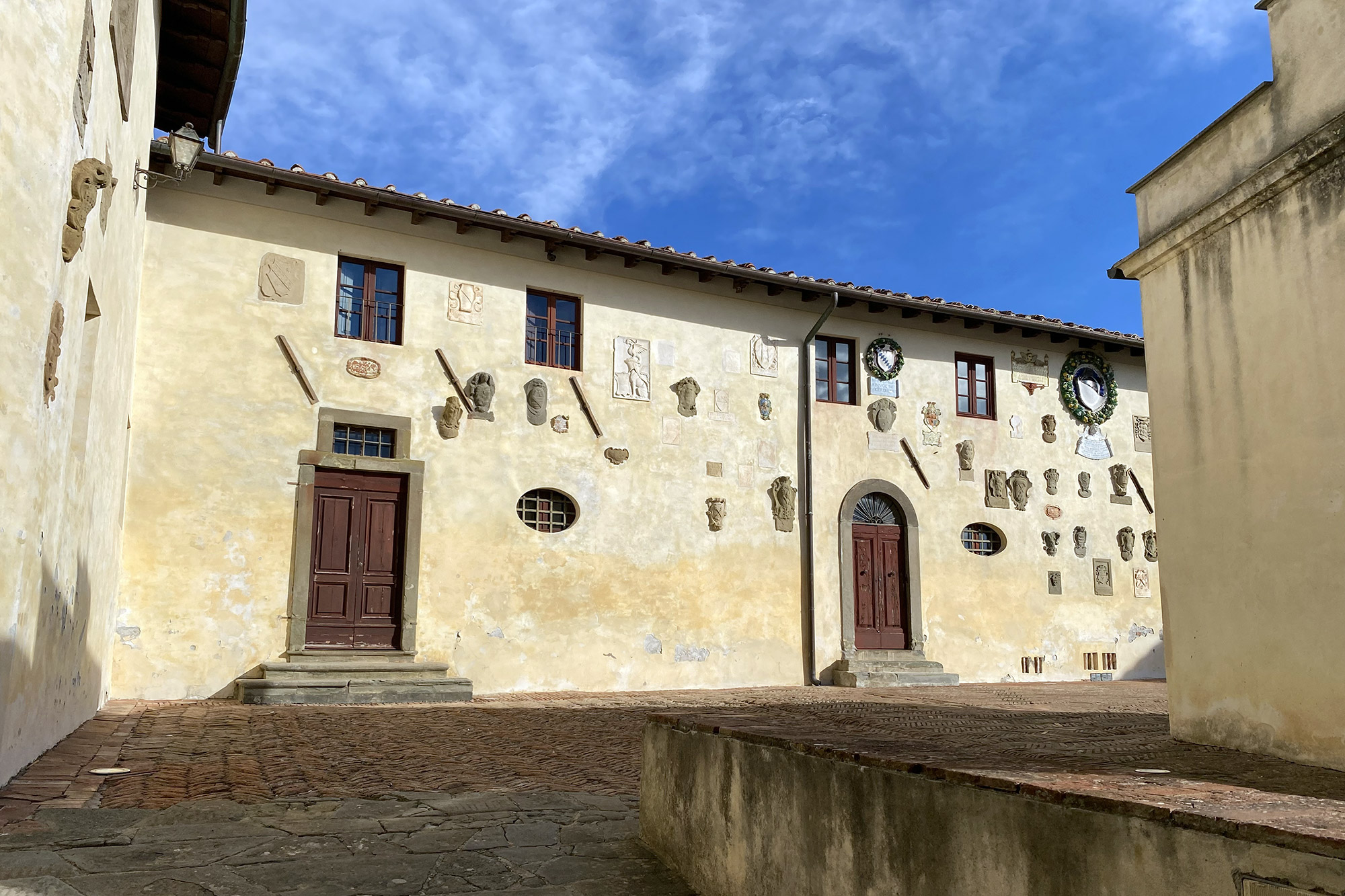





















How to reach
Lari can be reached from the Speedway Firenze-Pisa-Livorno exiting towards Ponsacco from which is around ten kilometers far.
History
The castle of Lari rose in a strategic position that allowed the control of the Pisane Hills and played a big role in the numerous medieval wars between Pisa and Florence, that upset this zone. Varied archaeological recoveries testify that the site has been inhabited since the Etruscan era but the first official document inherent the existence of the castle is dated 1067. During the 12th century, Lari submitted to Pisa, and in 1164, the castle rebelled against this dominion. Pisa didn't appreciate the initiative of the Larigianis, and a few months later they penetrated the area with a strong army and regained the castle, bringing to it serious damages. In the following century, the castle, reconstructed, became the fief of the family of the Uppezzinghi who, due to the contrasts with the Pisane authorities, withdrawn into the hills. But Pisa didn't give up this strategically important stronghold, and in 1289, Lari was reoccupied and, from that year on, provided a substantial permanent garrison.
In 1406, the year of the definitive subjugation of Pisa to Florence, Lari and the whole zone of the hills passed under the Florentine hegemony. The castle became the residence of the Vicar at the head of the other twenty-six communities on the outskirts. In 1431, the Pisane army, led by Niccolò Piccinino, regained the castle, but two years later, Lari became Florentine again. In 1494, the population rose up and chased the Vicar, the Podesta (medieval term for chief magistrate or governor) and the Florentine garrison, who declared fidelity to Pisa after it also rebelled to Florence. The reaction was immediate: in the winter of 1495, the army of the Florentine Republic was again in the castle, and on June 30 of the following year withstand to a new Pisane attempt to regain the castle. Afterwards, after an accord of peace between the two cities and in the zone, a period of relative peace was achieved. In 1523, the Florentine Vicar completed a vast work of restoration and expansion of the castle, transforming it into the actual bastioned fortress.
Besides the fortress, that dominates the inhabited area from the vertex of the hill, Lari is still surrounded by ample rests of the town walls gifted of two gates: the Florentine gate, with coats of arms in stone of the Medici, Salviati and of the city of Lari and the Pisana gate, also called Maremmana. The third original gate, today demolished, was the Volterrana gate, once provided of drawbridge. Inside the walls we enter another gate gifted of an ample stairway that leads to the fortress. In the inner ward of the fortification, surrounded with tall bastioned walls built in bricks, stand out principally the 'Praetorian Palace' with the facade still covered with many coats of arms of the Podestas that were in Lari. In the courtyard there are also an ancient cistern and a chapel. The complex was turned into a jail up to the second world war during which it suffered serious damage by the Germans and Allied bombardments.
More info & notes
PLAN YOUR VISIT
01.01–31.03
Saturday, sunday and holidays from 10.30am to 12.30am and from 3pm to 6pm
01.04–31.05
Monday-friday from 3.30pm to 7pm.
Saturday, Sunday and holidays from 10.30am to 12.30am and from 3.30pm to 7pm
01.06 — 30.09
Every day from 10:30am to 13:00pm/3:00pm to 7:00pm
01.10 — 31.10
Monday-friday from 3pm to 6pm.
Saturday, sunday and holidays from 10.30am to 12.30am and from 3pm to 6pm
01.11 — 31.12
Saturday, sunday and holidays from 10.30am to 12.30am and from 3pm to 6pm
COST OF ENTRY
Full-price ticket: €4.00
Guided tour on booking €5.00
Reduced tickets and school parties: €3.00
FREE ADMISSION FOR CHILDREN UNDER 10
The castle is open to the public, and prior booking is not required at the times given here. Visits to the castle can be reserved outside of these times via e-mail or by calling the number +39 334 3963782 at least six days beforehand.
Guided tours are on Sundays in spring and autumn or on booking for groups. In the other periods, you can visit the castle on your own with an audio-guide or an illustrated brochure.
Specific visits for schools can be made to learn about a particular historical period.